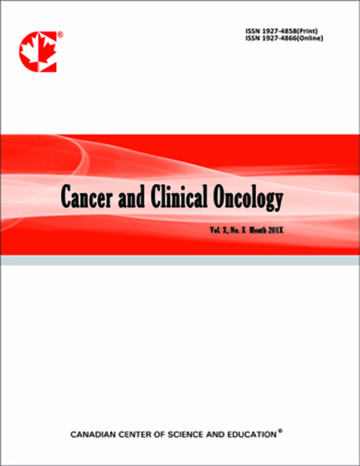Cardiorespiratory Fitness in Women with and without Lymphedema following Breast Cancer Treatment
- Betty Smoot
- Morgan Johnson
- John Duda
- Joanne Krasnoff
- Marylin Dodd
Abstract
Following breast cancer (BC) treatment, many women develop impairments that may impact cardiorespiratory (CR) fitness. The aims of this study were to 1) evaluate CR fitness in women following BC treatment, 2) evaluate differences in CR fitness in those with and without breast cancer-related lymphedema (BCRL) and compare these to age-matched norms, and 3) evaluate the contribution of predictor variables to CR fitness. 136 women post-BC treatment completed testing: 67 with BCRL, and 69 without. VO2 peak was lower in participants compared to published healthy age-matched norms. VO2 peak was statistically significantly lower in women withBCRL. Age, BMI, meeting recommended exercise criteria, and DASH scores explained 50% of the variance in VO2 peak (R=0.708, p<0.001). Following BC treatment CR fitness may be impaired, more-so in women with BCRL. This should be considered when providing rehabilitation for women following BC treatment as cardiorespiratory fitness has linked to improved health outcomes and survivorship.
- Full Text:
 PDF
PDF
- DOI:10.5539/cco.v1n1p21
Journal Metrics
Google-based Impact Factor (2018): 3.94
h-index (August 2018): 8
i10-index (August 2018): 6
h5-index (August 2018): N/A
h5-median(August 2018): N/A
(The data was calculated based on Google Scholar Citations. Click Here to Learn More. )
Index
Contact
- Lexie GreyEditorial Assistant
- cco@ccsenet.org
